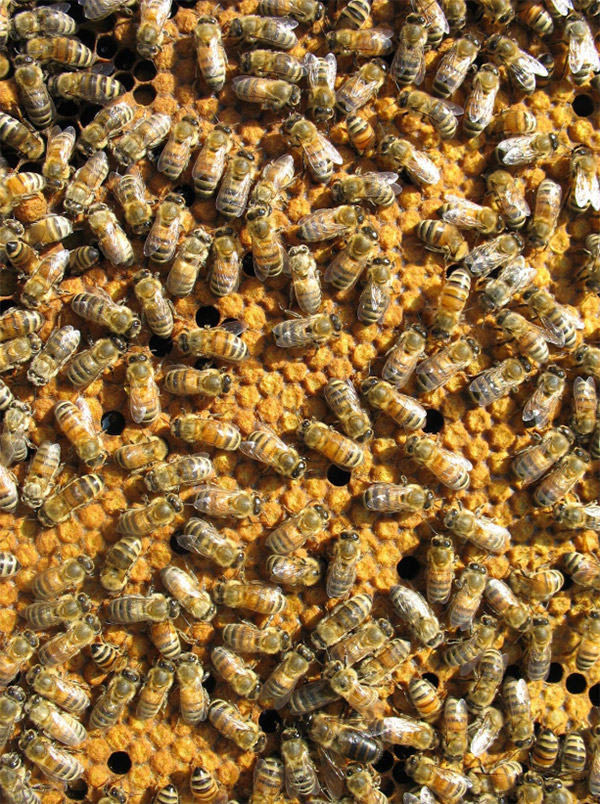What is American Foulbrood?
Industry
Page 05 /
Controlling American Foulbrood
Control of American Foulbrood
If AFB is found or suspected, the Provincial Apiarist will need to be notified immediately. The colonies that are found positive with AFB will be ordered to be destroyed due to the infective nature of AFB. All honey bees must be killed and all wax combs with accompanying frames must be destroyed by fire to kill the spores that cause disease. It is best to depopulate infected hives at periods of low bee activity where all hive entrances, cracks, and holes are sealed to ensure the bees do not escape and all bees are within the colony. This method is effective at destroying the spores in the affected colony.
OMAFRA has developed a protocol in the event that your hives are infected with AFB. To view, visit:
Destruction Protocol for Honey Bee Colonies Found with American Foulbrood
Additional equipment that is to be permitted to be salvaged will require decontamination under a specific protocol. The spores from this bacteria can survive in the environment for several decades, and can survive through Canadian summer and winter weather. No matter the options for control, work with your veterinarian and Provincial Apiarist to develop a strategy that works best for your colonies and operation to ensure AFB is not spread further.
A list of provincial bee inspectors can be found here:
2019 Apiary Inspectors
Using Antimicrobials
Historically, antimicrobials have been used to prevent and treat AFB. In Ontario, the antimicrobial oxytetracycline is commonly used for preventative/prophylactic use, although in some Canadian jurisdictions this product has become ineffective due to overuse, misuse, and poor eradication protocols. The causative bacteria, Paenibacillus larvae, has developed resistance, meaning it can survive even in the presence of drugs designed to kill it. Work with your veterinarian on ways to prevent infection with AFB. If AFB is diagnosed in your hive, the best way to address the disease is to destroy all infected hives and contaminated equipment, report to the Provincial Apiarist / Apiary Program and develop management strategies to prevent its spread to uninfected hives in collaboration with your veterinarian.
The Provincial Apiarist is authorized to initiate a quarantine of a bee yard(s) where no bees or equipment may be allowed to leave the site, in association with assessed disease risk.
Dr. Britteny Kyle, a veterinarian with a special interest in apiculture discusses her perspectives on antimicrobial use in Ontario hives and colonies, and emphasizes the importance of using disease prevention strategies to keep your own hive healthy, but as well as the hives around you
